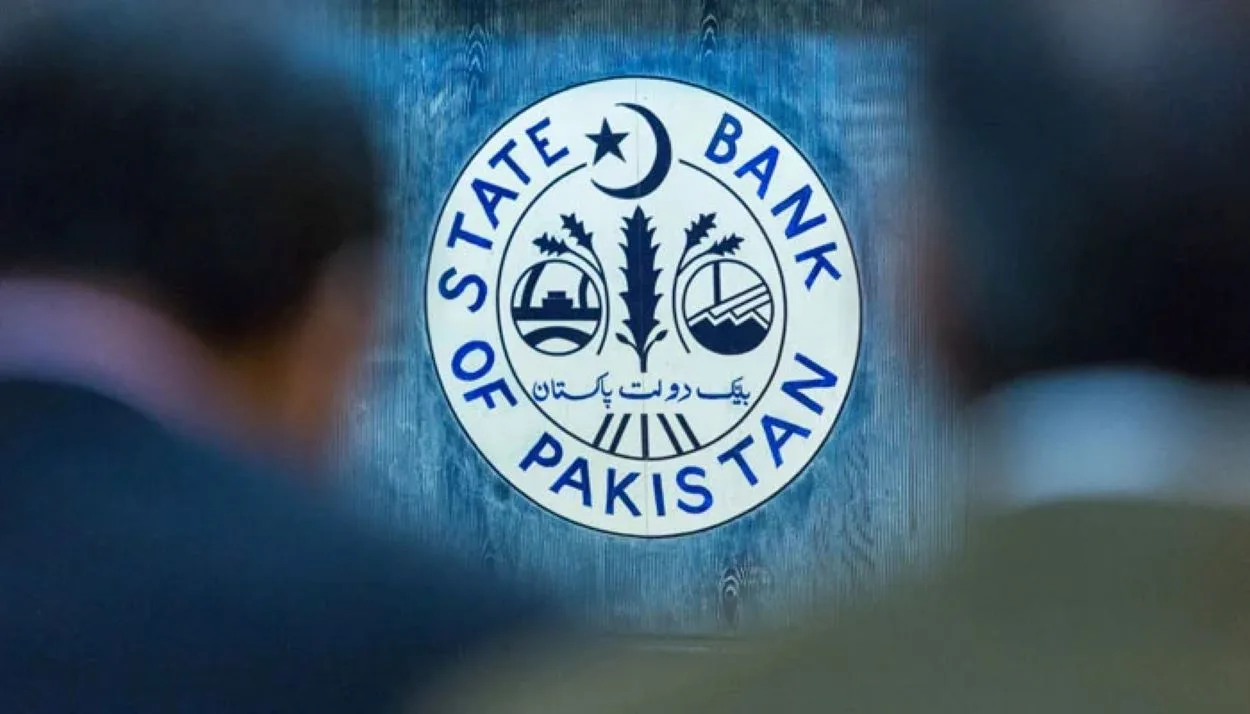The State Bank of Pakistan (SBP) reported a record 12.7% year-on-year increase in federal government debt, reaching Rs73.69 trillion in March 2025, up from Rs65.38 trillion in March 2024, raising alarms about the country’s financial stability.
The surge, detailed in a recent SBP report, includes an 18.6% rise in domestic debt and a 0.9% monthly increase, prompting experts to warn of worsening economic challenges due to heavy borrowing reliance.
Pakistan Govt’s Debt Breakdown
The SBP data shows domestic debt climbed from Rs43.43 trillion to Rs51.52 trillion, an 18.6% annual increase, while external debt rose 1% to Rs22.17 trillion. On a month-on-month basis, total debt grew by Rs652 billion (0.9%). The report highlights a shift in borrowing, with long-term public debt rising significantly and short-term debt slightly declining, reflecting strategic changes in government financing. X posts from economic analysts expressed concern over the sustainability of this debt trajectory.
Experts cited in the report warn that Pakistan’s reliance on loans to bridge its budget deficit exacerbates repayment challenges, threatening economic stability. The SBP’s findings align with broader fiscal concerns, as the government struggles to balance financial obligations amid rising debt. The report’s emphasis on long-term debt growth suggests a shift toward extended borrowing, potentially complicating future fiscal planning, with X users debating the impact on inflation and growth.
Read: Pakistan’s Budget 2025 to Feature Major Tax Relief, Withholding Tax Removal
In a related development, the SBP’s Monetary Policy Committee cut the key policy rate by 100 basis points to 11% on May 12, 2025, to stimulate economic growth while maintaining price stability. The decision, aligning with market expectations, followed a sharp decline in inflation driven by lower electricity prices and falling food inflation in March and April. This move aims to ease financial pressures, though analysts caution that rising debt could offset these benefits.






